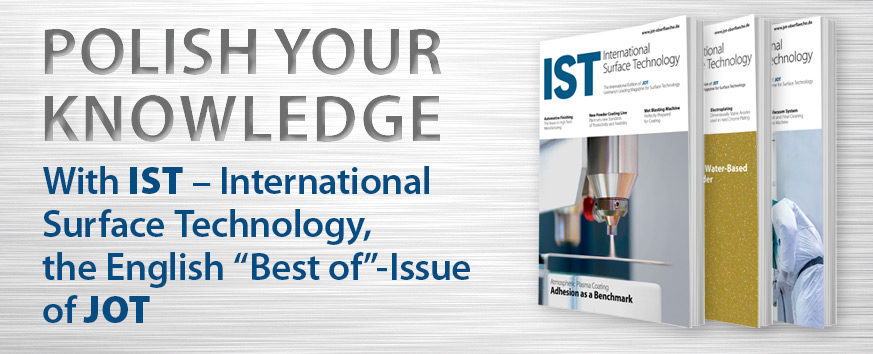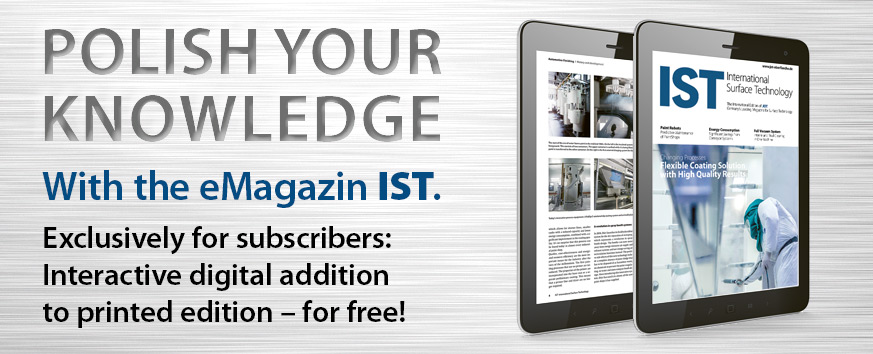With the new hybrid cell, components can be ground automatically.
Increasing quantities, smaller batch sizes and growing product variants as well as improved paint systems are increasingly posing challenges for suppliers and automobile manufacturers. The solution: automated polishing. Until now, Visomax has implemented two steps in two separate cells: the Visobot-Unit(VBU)-P for polishing and the VBU-HG for high gloss. These cells allow a stable, plannable and transparent process setup with a clear focus towards Industry 4.0. In view of the development and optimization of production processes in the field of paint finishing, Visomax has further developed these technologies. The result of this further development in the field of robotics is the removal of grinding in the first step and high gloss in the second - all in one Visobot Unit (VBU-S - Sanding). All colours can be finished stably with maximised flexibility, which is of great importance for production managers and decision makers. Another positive effect is a 50 percent reduction in the required production area. The two-stage polishing process thus forms a perfect synthesis.
Finished painted add-on parts such as spoilers or trim strips are positioned on the height-adjustable cell by the operator. The worker then grinds the surface defects with a low-vibration electric flower sander and the sanding flowers matched to the paint system. Finally, the worker feeds the component to the hybrid cell via a rotary table. There, the grinding spots are stably detected on all colors by the integrated camera system. While the sanded component enters the process, the already polished component leaves the cell at the same time and proceeds to quality control. The intelligent camera system, which has been equipped with new algorithms, can now complete two detections in one step: the number and position of the sanding spots on the painted components and the number of components fed to the hybrid cell.
Grinding removal and high gloss polishing
At the beginning of each polishing application the necessary amount of polishing paste is automatically dosed. During the polishing process the continuous surface cooling ensures stable and low processing temperatures on the lacquer surface. This ensures that work is carried out without damaging the paintwork, regardless of ambient or component temperatures. If the lacquered surface needs to be polished to a high gloss, the Y-robot tool in the new hybrid cell rotates from the sanding step directly to the high gloss step in the correct position. The robotic cell is equipped with two polishing feeders, so that the required polish and sponge combination is possible for each necessary step. After a defined number of polishing points and polishing cycles, the polishing sponge is cleaned in the integrated padwasher via the cleaning cycle. This additional function stabilizes the polishing result throughout the entire process and keeps it constantly at the required level. The automatic pad change function also contributes to a stable process: The robot wipes the pad independently and is automatically loaded with a new polishing sponge via the integrated pad dispenser, which increases process reliability.
With these add-ons, a brilliant, perfect and stable result is achieved across all layers (24/7). After completion of the application, the component can be inspected directly under the integrated test light by the quality assurance department. In order to realize an optimal adaptation to different paint colors, different light scenarios can be played in.
The complete article was published in German in the April issue of JOT.
Autor(en): Michéle Haaf, Visomax Coating



